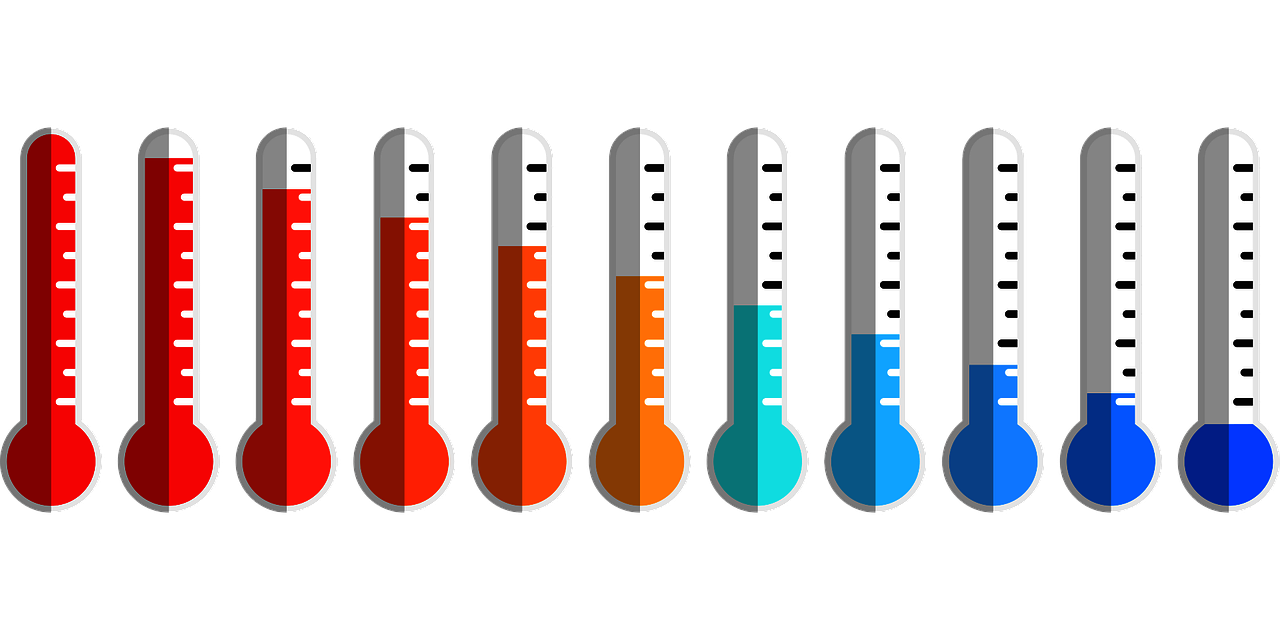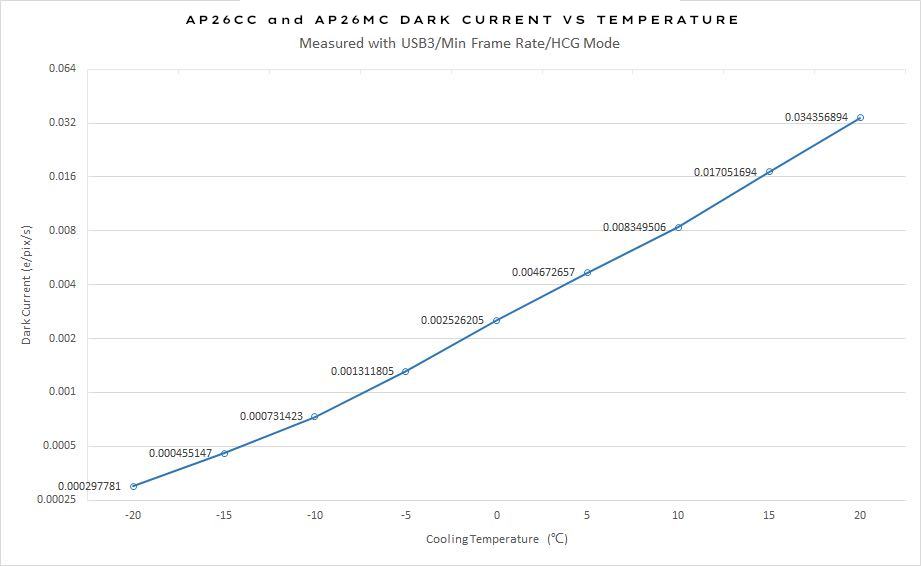
Hot Pixels vs. Thermal Noise
If you’ve ever captured a long-exposure dark frame and noticed thousands or even hundreds of thousands of bright dots scattered across the image, your first thought might be: "Is my sensor defective?"
Not necessarily. This is a common misunderstanding in astrophotography. What you're seeing is most likely thermal noise, not a defect.
It's essential to understand the difference:
Hot pixels are sensor elements that remain bright or noisy at all times, regardless of exposure, gain, or temperature.
Thermal noise is a normal signal generated by heat. It becomes more noticeable at warmer sensor temperatures and more prolonged exposures.
The Effect of Temperature
CMOS sensors produce more thermal noise as they warm up. The effect is exponential. We tested the dark current of one of our popular sensors and plotted the results in the graph below.

At 20 °C, the dark current is more than 26 times higher than at -5 °C. This means that even on a perfectly functioning sensor, a prolonged exposure taken at room temperature will show many more bright pixels due to thermal noise.
Diminishing Returns Below 0 °C
Cooling is highly effective down to approximately 0 °C. Below that point, the dark current continues to drop, but the improvement is less dramatic. For example, going from 0°C to -10°C may only reduce thermal noise by about 2×, compared to the 4× reduction you get when dropping from 10°C to 0 °C.
For most users, operating the camera at temperatures between -5°C and 0°C strikes a good balance between noise performance, power efficiency, and component durability. Every cooling cycle stresses the sensor as it contracts and expands.
Avoiding False Alarms
To properly evaluate your camera’s sensor, we recommend:
Cool the camera to -5 °C before testing.
Capture a dark frame at your typical exposure time and gain settings.
Use a tool like Siril with a 3-sigma threshold or higher for hot pixel detection.
Use dark frame subtraction and dithering during real imaging sessions.
Why We Don't Suppress Hot Pixels
OGMA cameras do not apply automatic pixel suppression in firmware. Many manufacturers do this to make dark frames look cleaner, but it risks hiding real stars or introducing artifacts. We believe it's better to preserve raw sensor data and handle hot pixel correction during post-processing.
Conclusion
If your dark frames show many bright pixels at room temperature, it's not necessarily a defect. More likely, it's normal thermal behavior of the sensor. Cooling the sensor and applying standard calibration techniques will reduce or eliminate these artifacts during processing.
Understanding this behavior helps you get the most out of your gear and set realistic expectations for performance in different conditions.
